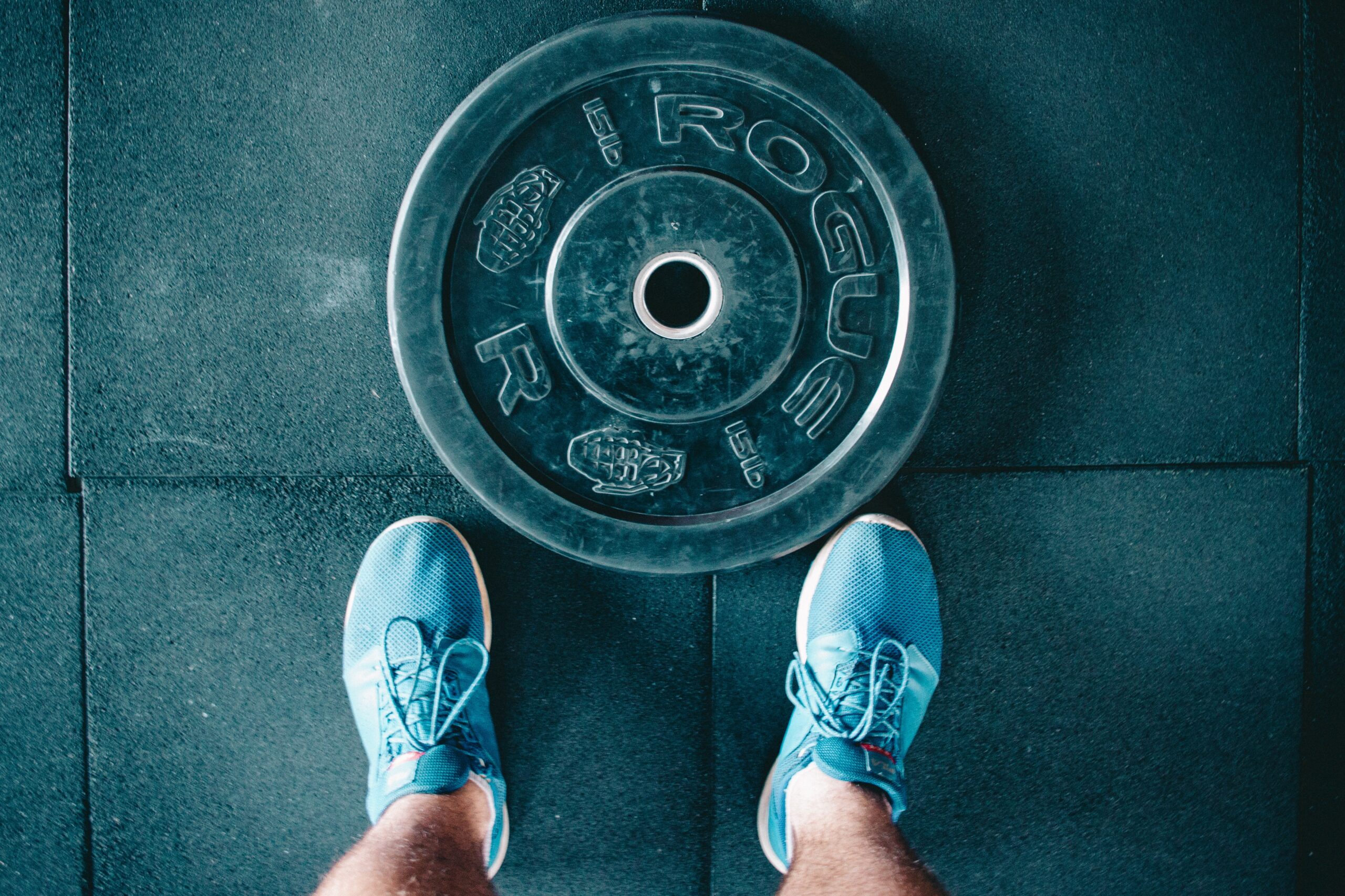Punching bags, shadowboxing, and sparring are all essential elements of any boxing training regime, but few people realize that strength training is just as important. Strength training gives boxers an edge – it will improve performance in the ring and helps them to better withstand the physical demands of this highly competitive sport.
But what exercises should you be doing? What muscles should you be focusing on? And how often should you be strength training? Don’t worry; we’ll answer all these questions and more in this comprehensive guide to strength training for boxers. Read on to discover why strength training is essential for boxers – and to find out how to get the most out of your workouts.
What Is Strength Training?
If you’re just getting started with boxing, you’ve already made a great decision to get healthy and stay fit. But training for the ring isn’t just about honing your jab and cross or mastering your footwork – it’s also about making sure your body is properly prepared to fight. That’s where strength training comes in.
Strength training is an exercise that aims to improve muscular strength and endurance by working the muscles against resistance, such as through dumbbells, kettlebells, bodyweight exercises, and weight machines. It’s important for boxers because having strong muscles gives them a physical advantage in the ring—a greater range of motion, good balance and stability, improved speed and power during punches and blocks—all of which will contribute to their overall success.
By increasing muscle density through strength training exercises, boxers can increase their physical performance as well as reduce the risk of injury throughout the match. And by incorporating basic core exercises into their routine (such as planks or crunches) they can also increase their ability to generate more force from their punches.
So whether you’re an amateur boxer or a professional one, don’t forget about strength training when it comes to success in the ring!
Our recommended strength training routine for boxers: Strong lifts 5×5
Benefits of Strength Training for Boxing
Strength training is an essential part of any boxer’s fitness regime, and it’s not just about bulking up your arms. Having stronger muscles and bones helps prevent injuries, increases your speed and agility, and improves your general performance. Here are some of the key benefits of strength training for boxers:
- Improved Muscular Endurance: Strength training helps build muscular endurance by allowing you to do more reps of exercises with less fatigue. This enables you to last longer in the ring and fight better throughout the entire bout.
- Increased Explosive Power: Strength training helps increase the power in your muscles, which in turn increases explosiveness and will give you that extra edge during your bouts.
- Improved Punch Power: The stronger your muscles, the harder you can hit. Strength training gives you the ability to generate more force with each punch, which can make a huge difference between winning or losing a match.
- Better Physical Balance: Strengthening your core allows for better balance while boxing, as well as providing protection against punches by maintaining a tighter guard.
Strength training should be an integral part of any boxer’s routine if they want to achieve maximum performance in the ring.
What Are the Different Types of Strength Training?
Strength training comes in many forms, and you need to pick the type that’s right for you. Let’s take a look at them now.
Weight Training
Weight training is a great option for boxers because it builds strength, power and endurance in your muscles. By using free weights, weight machines or resistance bands, you can target specific muscle groups to get the most out of your training session.
Plyometrics
Plyometrics is a great way to build agility and explosiveness by increasing muscle speed and power. It works by focusing on quick, explosive movements like jump squats and plyometric pushups which are also known as ‘shock’ exercises. This form of training is key if you want to improve your footwork in the ring quickly.
Isometric Training
Isometric training uses static holds which involve holding contractions at a certain point in an exercise rather than moving through the whole range of motion like you would with lifting and pushing weights. This method helps build strength in specific areas and can help when it comes to developing more power with certain punches.
Each of these exercises can help you get closer to being in peak physical shape for your big match—but remember, too much of any one type of exercise can lead to injury, so always mix things up!
Setting Achievable Goals for Strength Training
Strength training is essential for boxers as it provides them with a base level of strength and muscle that can help support safe movement in the ring. It’s important to set achievable goals so that you can create a plan that works for you and provides results.
Some things to keep in mind when setting goals are:
Start slow
When starting out, it’s important to start small and build up gradually. Going too hard at the beginning can lead to fatigue, injury and burnout — so start slow, and focus on form over intensity.
Set specific goals
When setting a goal, think about something achievable but challenging. Instead of “I want to get stronger”, aim for something like “I want to be able to do 5 pull-ups within 6 weeks” or “I want to increase my bench press by 10%”. This way, you have something tangible you can work towards, which will help keep you motivated.
Incorporate Variety
Your strength training plan should include a variety of exercises — from weights, resistance training and bodyweight exercises — so that you’re targeting all your muscles evenly. Including an element of surprise in your plan helps keep things interesting too!
Having achievable goals is key when creating a strength training program as an aspiring boxer — it helps ensure that your program is tailored to your needs and helps you track progress along the way.
Common Mistakes to Avoid When Doing Strength Training
It’s really important to get your strength training right as a boxer, but what mistakes should you avoid? Here are some of the most common ones to keep in mind:
Underestimating the Properties of Muscles
Muscles have several properties that are key for boxing: strength, power and speed. Strength training should target all three not just one. It’s not enough to focus on developing brute strength if you want to become a better boxer: speed and power matter too. So don’t underestimate the properties of your muscles – work on all three and you’ll be better off.
Not Considering Your Goal
Before beginning any type of exercise, it’s important to set yourself some goals – especially in boxing because no two boxers have the same strength training needs. Figure out what you want to achieve with your sessions, then plan exercises specifically for these goals. This will help ensure maximum progress towards those goals.
Overloading Your Workouts with Too Much Volume
It can be tempting to overdo it when it comes to strength training, but unfortunately that can lead to overtraining which isn’t ideal for anyone. It’s important to listen to your body and understand when it’s time to scale things down or take a break altogether – this will help reduce the risk of injury due to fatigue or overload and keep yourself on track overall.
Not Eating Enough
Strength training requires fuel – lots of it! You’ll need enough energy and nutrients so that your muscles can perform at their best during exercise: if they don’t have enough nourishment, they won’t be able to work as hard or develop optimally as a result. Eat right before and after your workout for optimal performance
Creating Your Own Strength Training Routine for Boxing
When it comes to creating your own strength training routine, it’s all about understanding the basics of why you should be doing it in the first place. You should be looking to create a balance between your aerobic and anaerobic exercises and make sure you are also stretching and performing core exercises.
Strength Training for Endurance
Strength training for boxers should build muscles that can endure repetitive punches and blocks thrown during sparring. Exercises such as squats, deadlifts and chest presses will help you build up endurance because they target large muscle groups that help you maintain good form during long rounds.
Flexibility Exercises
Flexibility is a key component of success in boxing because it helps you to move more freely throughout your rounds. Discovering your own individual flexibility needs is essential, whether that’s dynamic stretches or yoga sessions, as this will help build agility in the ring.
Core Exercises
The core muscles are essential for any boxer as they are used during your rounds to keep movements fluid and prevent injury by providing a stable base from which to launch punches. Planks and sit-ups feature regularly on any boxer’s strength training plan, but don’t forget about core moves such as Russian Twists for targeting those ab muscles!
Strength training should be tailored to fit your individual goals—start off slowly with basic sets before increasing intensity as you get more comfortable with each exercise. Don’t forget though—muscles need rest too! Take days off throughout the week where necessary so that your body has time to recover before hitting the ring again!
Conclusion
In short, strength training is an integral part of boxing training. Not only does it help you become physically stronger and improve your overall performance, but it also increases your muscle endurance and helps you to protect your body from injury. When done correctly and consistently, strength training can bring many positive benefits to your boxing practice.
Take the time to learn proper techniques and find a strength training program that works for you. With the right focus, determination and guidance, you’ll soon find yourself making leaps and bounds in your boxing performance. So keep up the hard work and never forget to power through with strength training!





